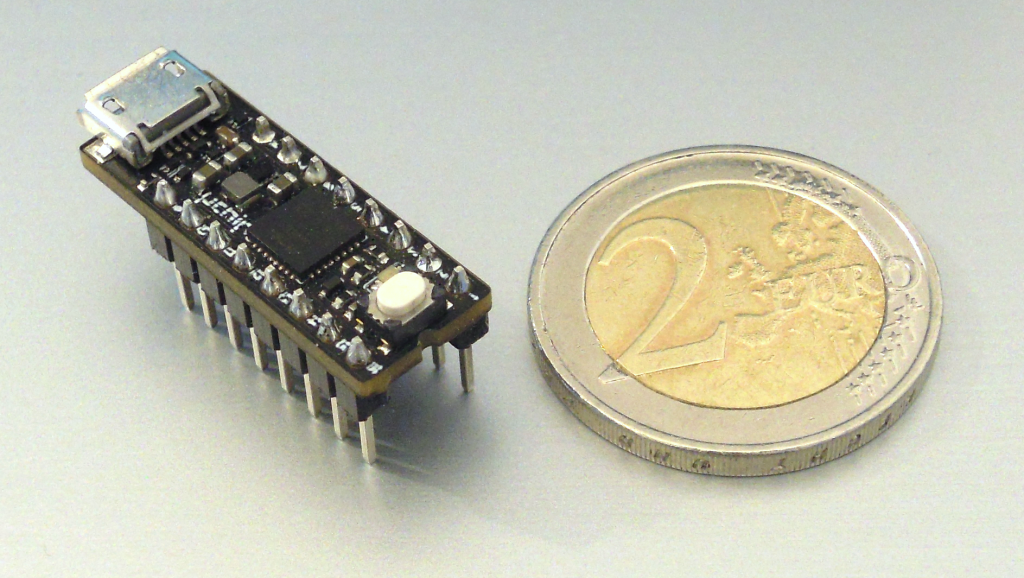
A very small narrow-DIP-sized, Arduino Zero compatible USB dev board (OTG enabled), with integrated buck and boost power supplies!
The Arduino ecosystem provides an invaluable resource of hardware and software, which allows quick development of a myriad of projects thanks to its fruitful community.
Several Arduino-compatible boards came out in the past years, to increase the versatility or to reduce the size of the original Arduino boards. However, in our opinion this has not come without compromises.
- Some cheap boards, while being small enough, lack of a proper integrated power supply. In other words, the developer has to implement it externally, reducing the benefits of low cost and small size. In other cases, linear regulators are used, making them unsuitable for low power applications or when you need to provide a decent amount of current for the external circuitry.
- Other boards use microcontrollers with limited memory, pin count or peripheral set, which make them unsuitable for more complex applications.
- And finally, some boards are not breadboard compatible, and, to date no Cortex M0+ board features 0.3” spacing between rows, wasting precious breadboard space.
We wanted a device that solved all these problems without compromises.
Then we came up with our idea! We wanted a dev board:
- USB based, capable of being programmed without requiring expensive external programmers, just like Arduino and many other dev boards.
- With a powerful microcontroller with plenty of RAM and FLASH.
- With a rich set of peripheral.
- Capable of acting both as an USB host and Device.
- With integrated buck and boost power supplies.
- USB- or externally-powered.
- Capable of providing an external programmable (3.3V or 5V) high-current power supply, when powered by USB.
- Breadboard compatible, with a narrow DIP footprint (0.3” spacing).
- And, of course, low cost.
We worked hard, to optimize everything, and our result is uChip!
Dimensions
Specifications
- CPU: 32-bit Cortex M0+ ATSAMD21-series running at 48 MHz (Arduino Zero Compatible)
- FLASH: 256 kB (248 kB due to integrated bootloader).
- RAM: 32 kB, zero wait states.
- Powered via USB or externally (3.3V to 5V).
- Integrated 500-mA boost and 1-A buck converters and automatic power switching circuitry.
- Each converter can also be individually turned off, e.g. if you want to force power draw exclusively from external pins (self-powered device), or if you want to turn off an external USB device connected with a micro A cable.
- When powered through the USB port, the output voltage on the power pins can be selected via software to be either 3.3V or the USB voltage (typically 5V +/- 10%).
- 14 I/O pins (2 of them can be used to connect an external SWD programmer/debugger) and 2 power pins (VCC and GND).
- Status LED (it can be turned on/off via software using a single instruction).
- Multi function push button for reset/program.
- 7 12-bit ADC inputs.
- 10-bit DAC output.
- 14 external interrupt input pins.
- Up to 5 serials between SPI, I2C and UART.
- I2S port for audio decoders such as UDA1334A.
- 13 PWM pins.
- Size: 28.5 mm x 10.16 mm (1.1 “ x 0.40 “), including USB port protrusions (27.23 mm x 10.16 mm excluding USB)
- 4-layer board for improved noise performance.
- Standards narrow-DIP footprint: 0.3” (7.62 mm) row spacing, 0.1” (2.54) pin spacing.
- Pinout standard logic CMOS compatible: power and GND are on pin 16 and 8, so you can also emulate some 16 pin CMOS ICs (4000 and 74HC series)!
- Low cost! (13.6€ per board for 10 pieces or 20€/board!).
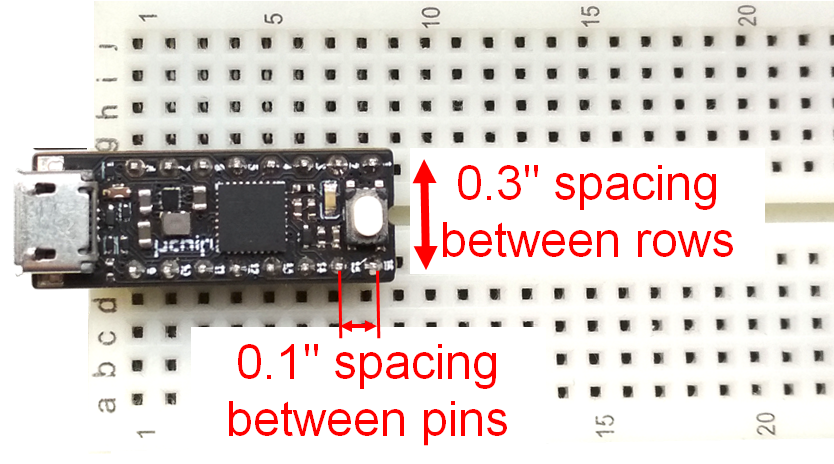
Comparison with Arduino Uno!
The project will be open-source, included all the examples we showed here! The schematics, gerbers, as well as sources will be released online, to allow you and the community to develop shields, applications, projects, and, why not, improve it!
The project is on www.kickstarter.com but it is not live yet. It will be launched on 10 March. Feel free to leave your feedback on the corresponding page.





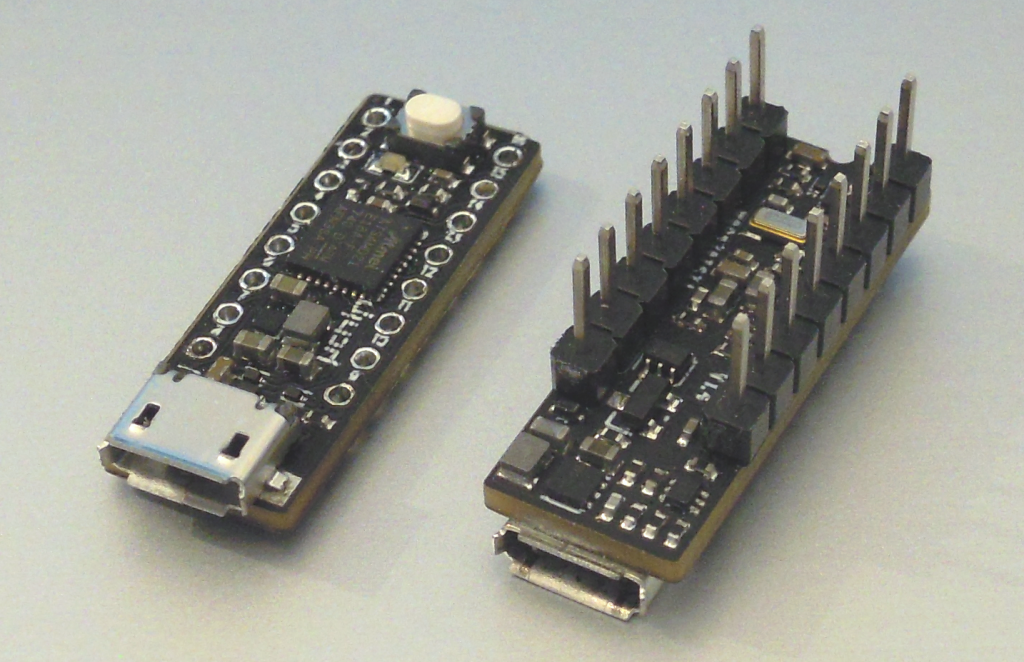
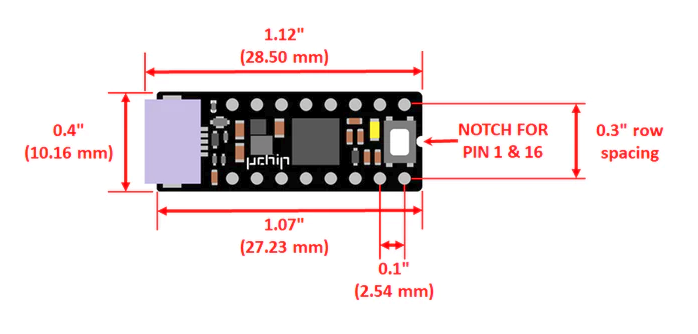
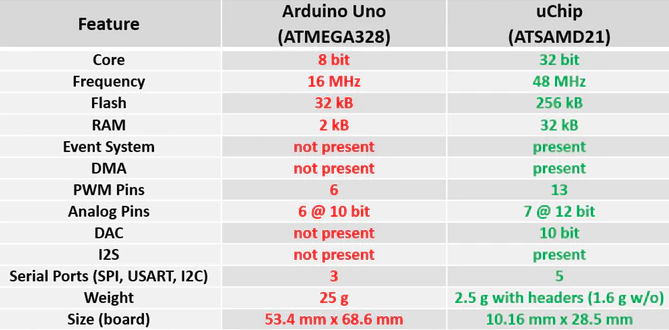
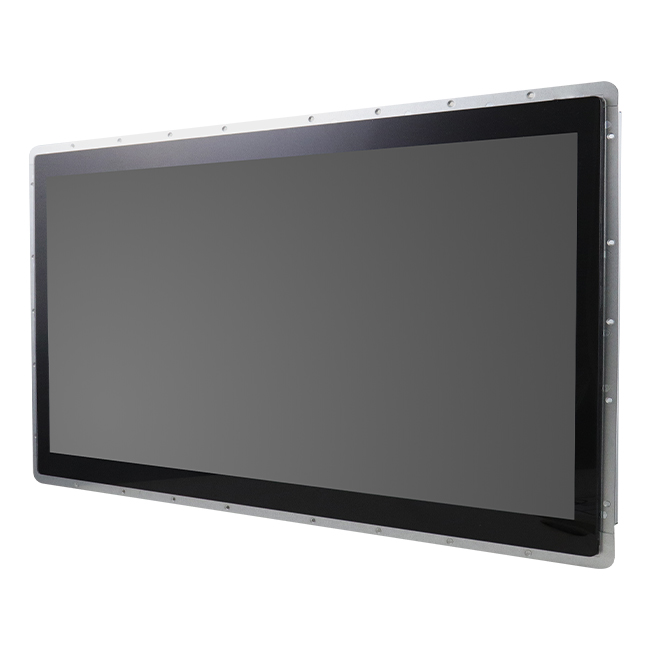
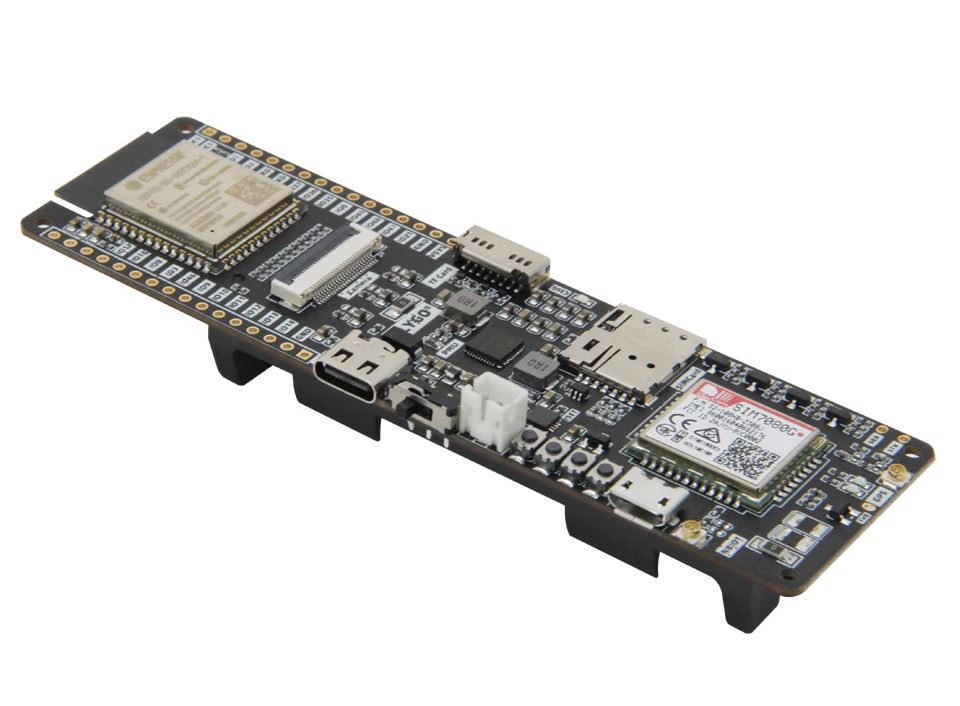
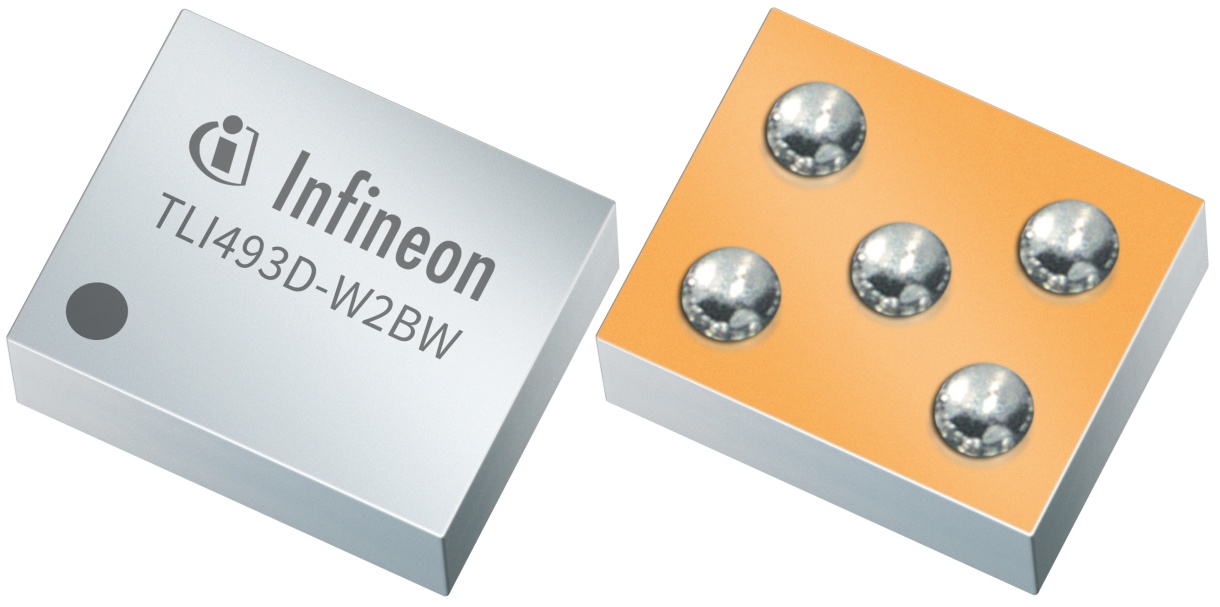
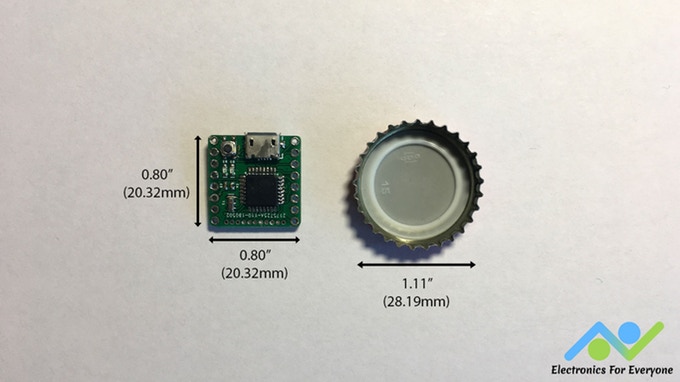
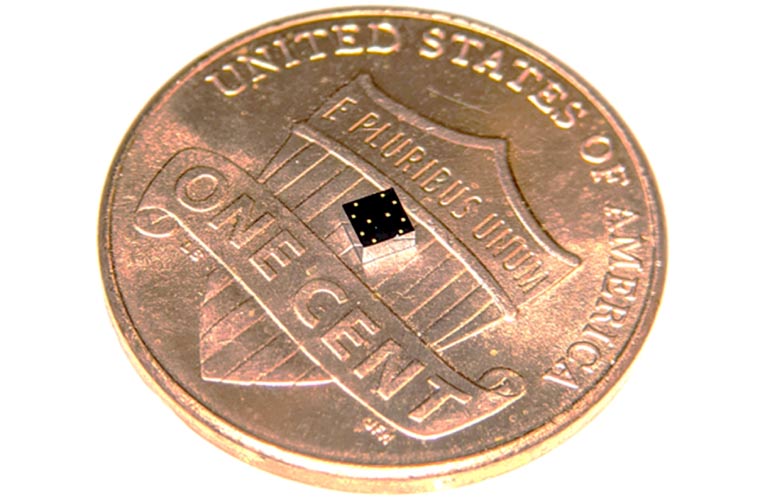
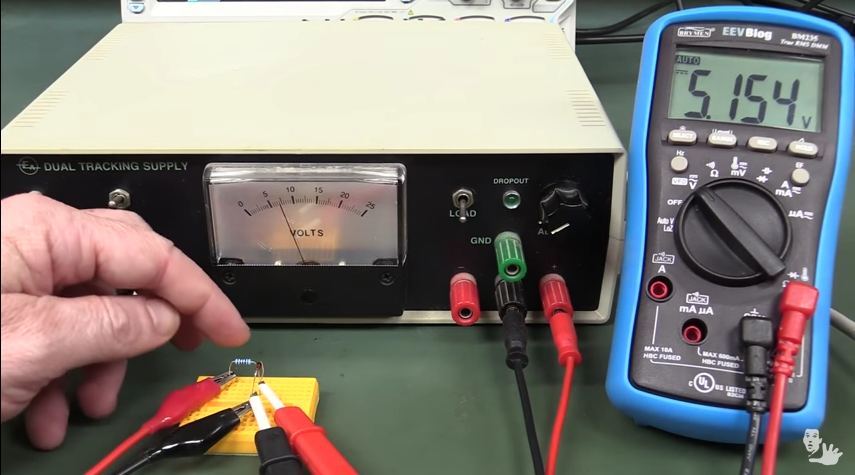





This is great, it is even smaller than MicroView